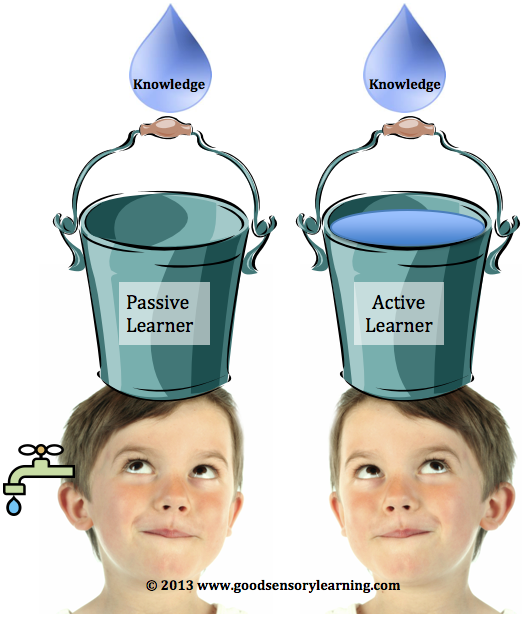This week I wanted to tell you about my online store, Good Sensory Learning. I’m Dr. Erica Warren, and I established this site so I could share all the materials that I have created over the last 20+ years as a learning specialist and educational therapist. When I first began my private practice, Learning to Learn, I had great difficulty finding fun and multisensory materials for my students that were effective and engaging. So back in 2005, I made it my mission to design and distribute high-end, remedial products as well as memorable, motivating lessons that bring delight to learning. If you would like to try a free sampling of my activities , CLICK HERE . How Are the Products Organized at Good Sensory Learning? You can download my Free Printable Catalog or you can browse the site using the grey “search all products” bar in the top right of any page with keywords such as dyslexia, working memory, and executive functioning. What’s more, drop down menus in the red banner allow you t...
2) Encourage your students to complete the free Passive vs. Active Learning Profile offered free here.
3) Let your students brainstorm things they can do to become active learners.
4) Allow your students to brainstorm things you can do to help them become active learners.
5) Integrate active learning activities into the classroom such as acting, small group work and hands on activities.
6) Incorporate fun learning stations in the classroom, so that the students can move around and process with other peers in smaller groups.
7) Encourage students to preview new topics by watching YouTube clips or doing internet searches so that they come to class with some prior knowledge.
8) Give students assignment options so that they can make a choice on how they would like to demonstrate their mastery of the content. Make sure the different options tap into different learning modalities.
9) Consider the 12 ways of learning and teach in a multisensory fashion.
10) Break the class into groups where they take opposing positions on a topic. Allow one student from each group to facilitate the discussion. The teacher can act as the judge and can dole out points for good arguments, creative content and clever presentations.
If you found this blog and activity to be helpful, this is just one of the many resources available in the publication, Planning, Time Management and Organization for Success: Quick and Easy Approaches to Mastering Executive Functioning Skills for Students.
Cheers, Erica
· Blog: https://learningspecialistmaterials.blogspot.com/
· YouTube Channel: https://www.youtube.com/user/warrenerica1
· Podcast: https://godyslexia.com/
· Store: http://www.Goodsensorylearning.com/ & www.dyslexiamaterials.com
· Courses: http://www.learningspecialistcourses.com/
· Newsletter Sign-up: https://app.convertkit.com/landing_pages/69400



I love this post! Thanks for sharing. I think our readers would love to hear a bit more about this...if you're interested in doing a guest post for us, let me know at sarah@easyreadsystem.com.
ReplyDeleteIt would be my pleasure, Sarah. I'll send you an email. All the best, Erica
Delete